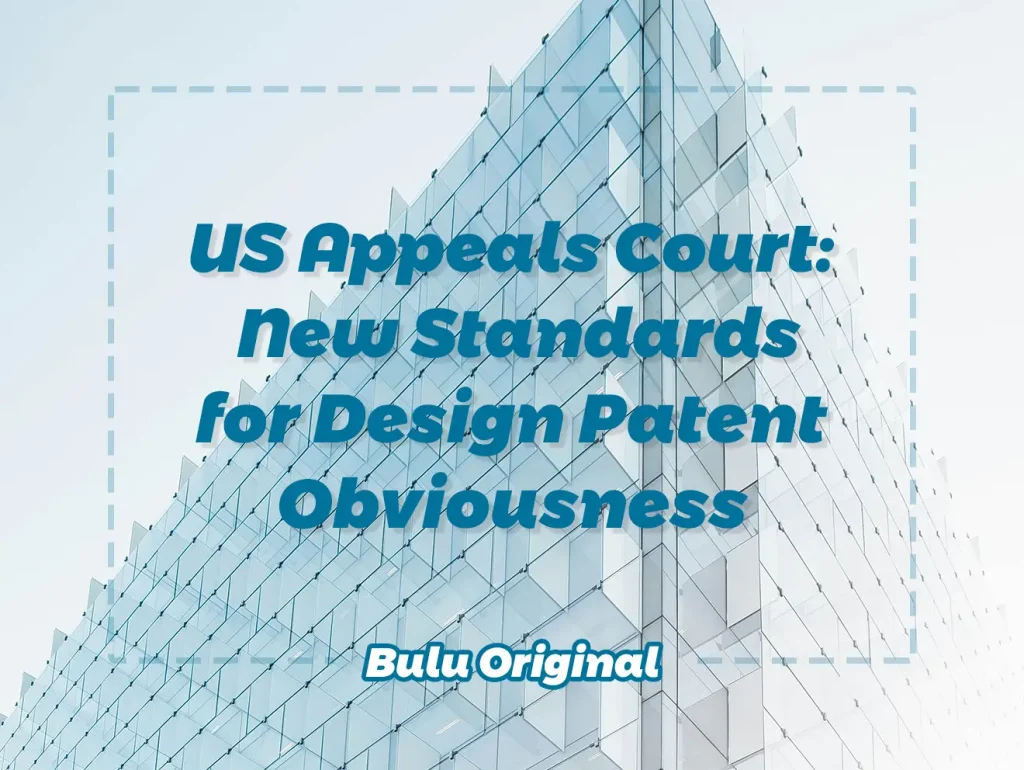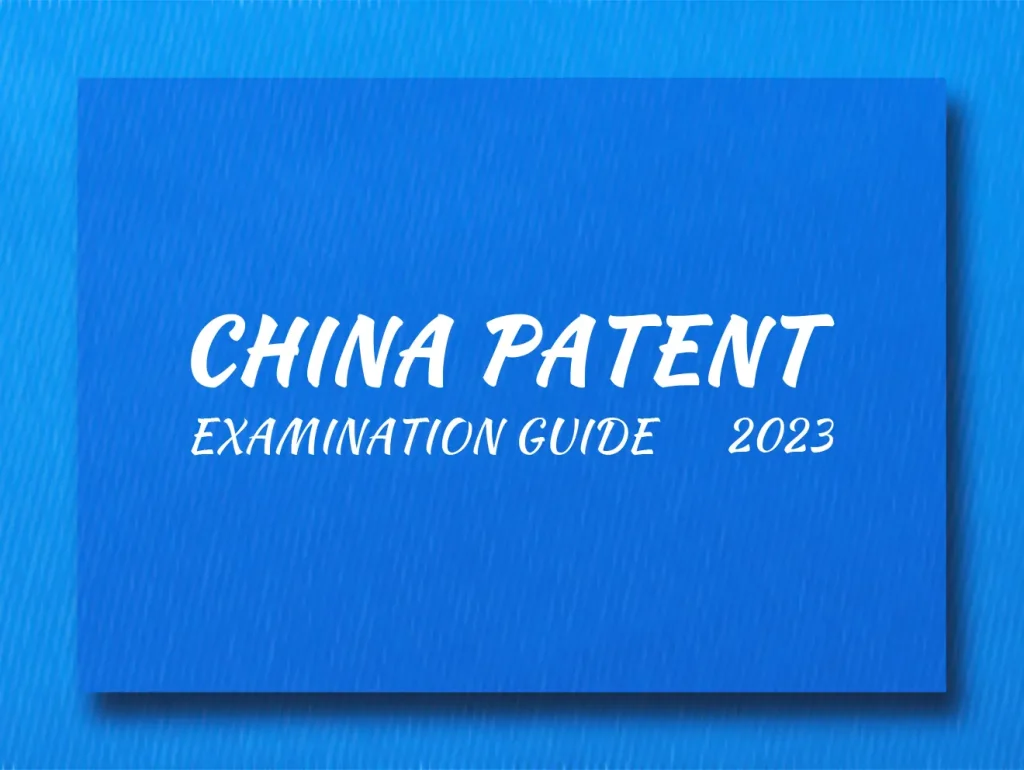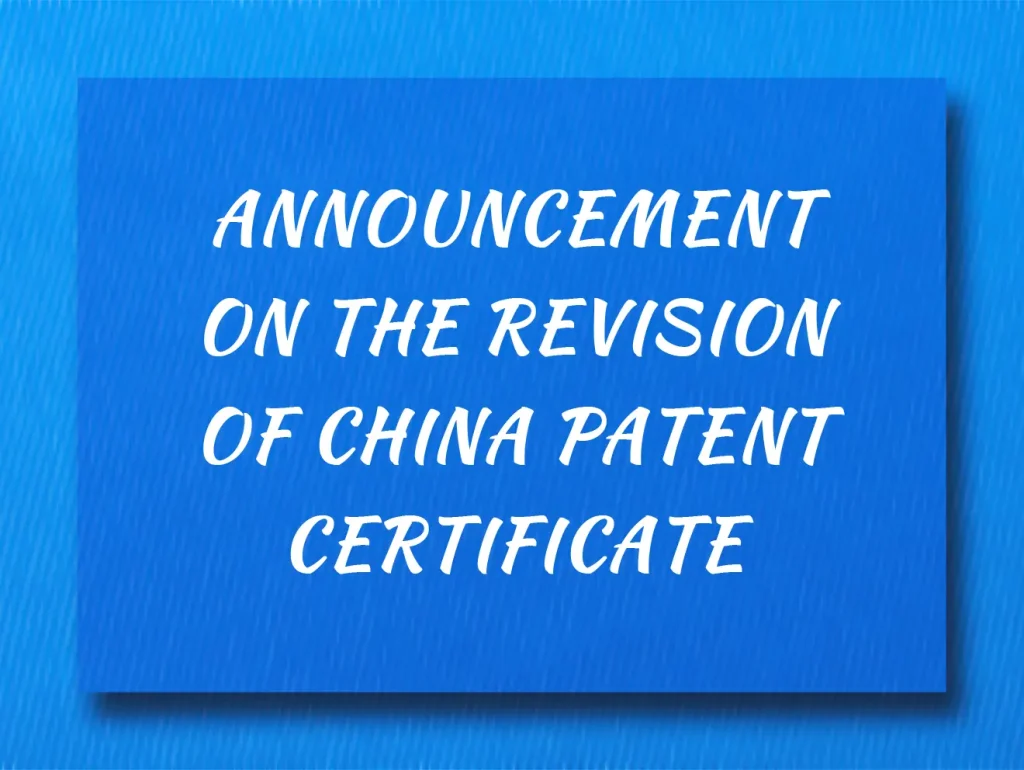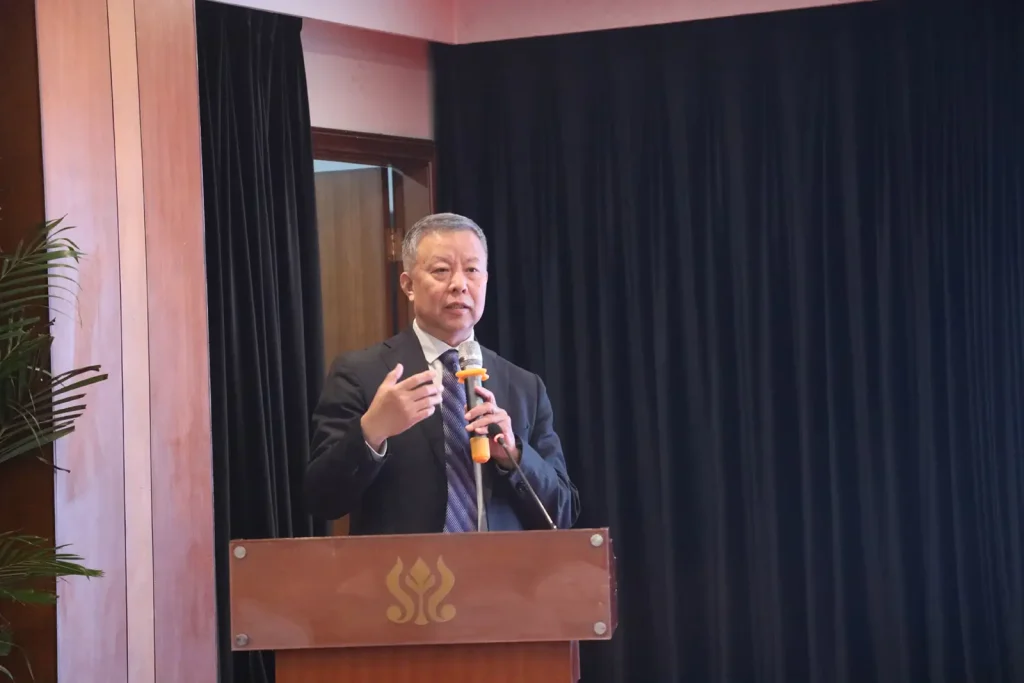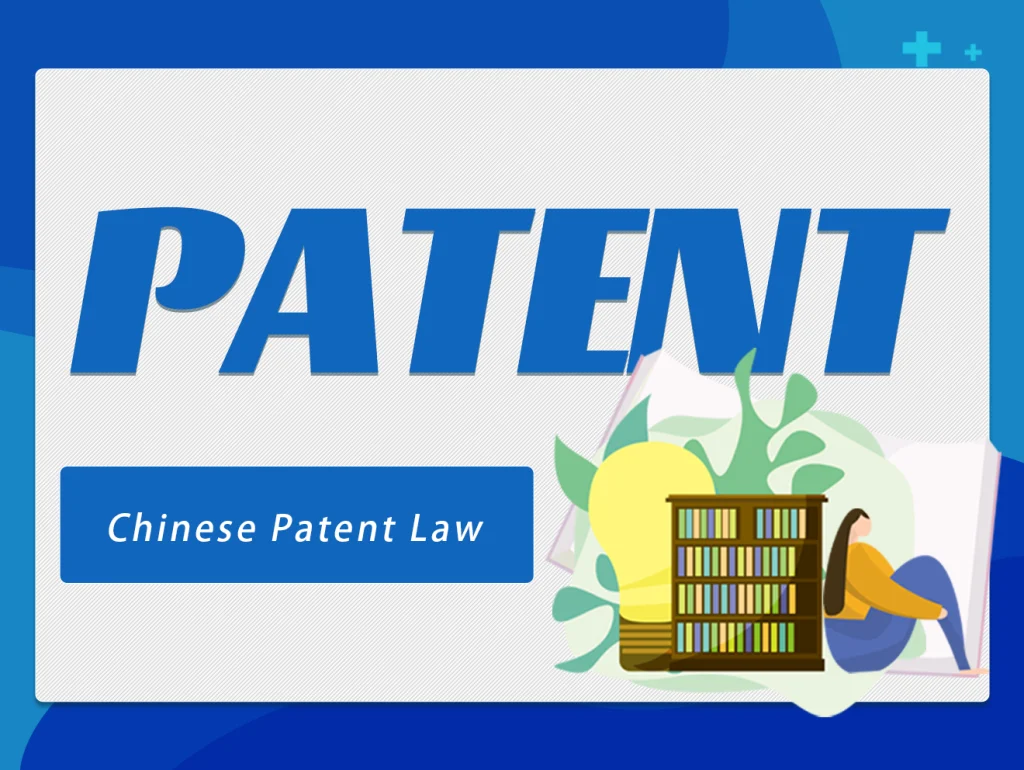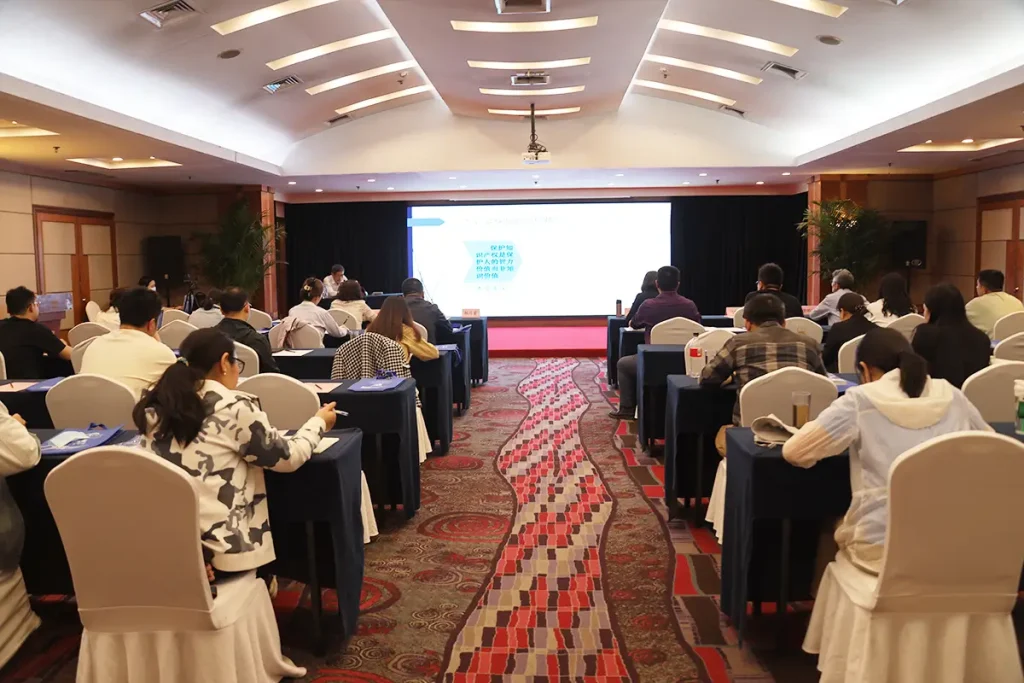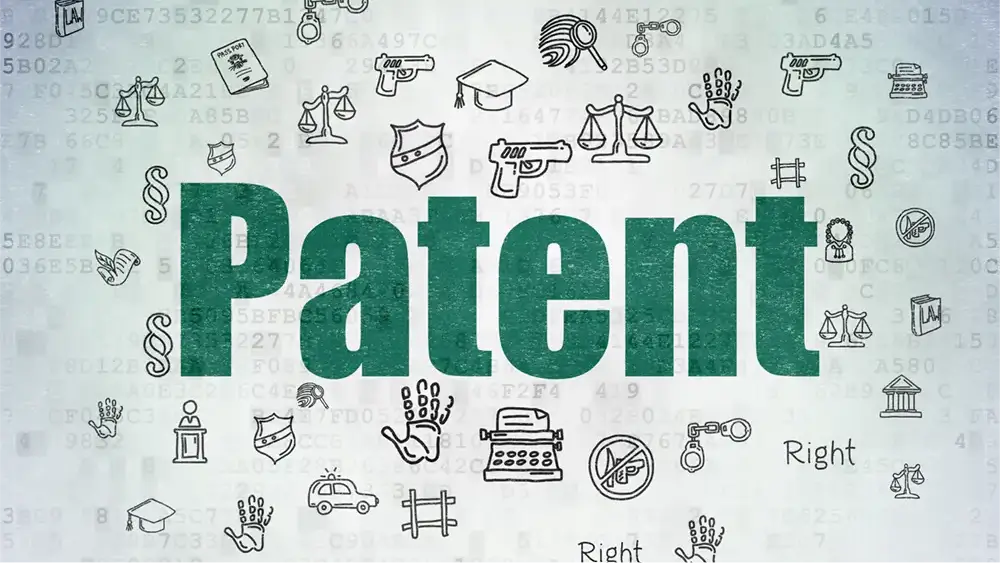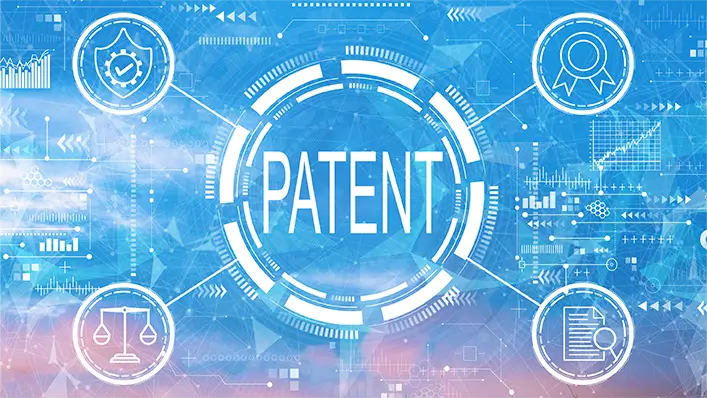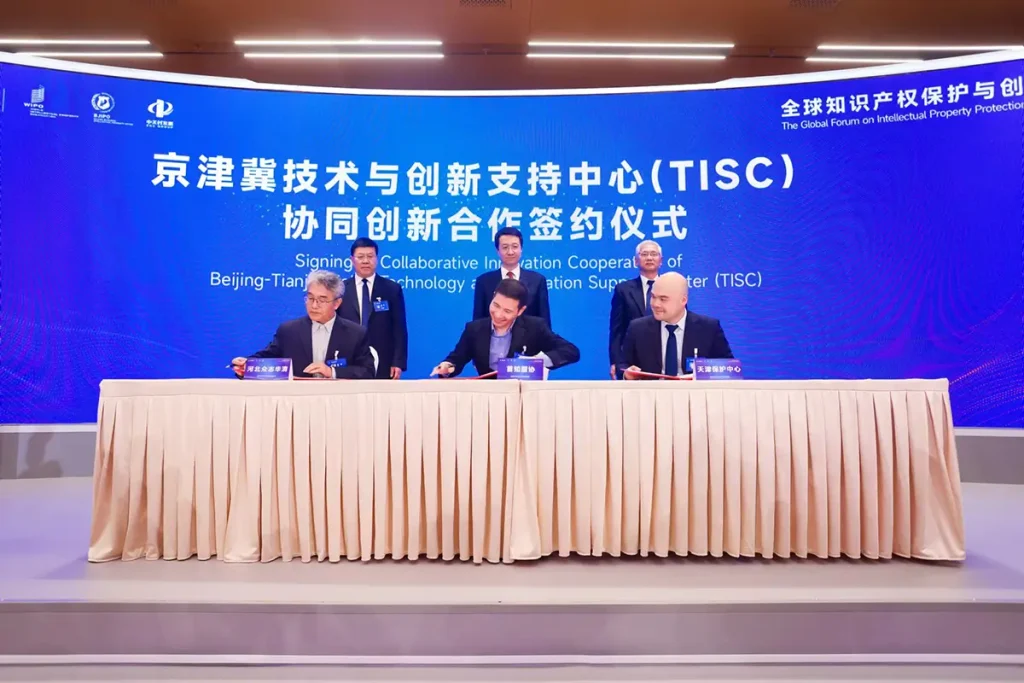Patent Infringement in Bidding: Is the Bid Organizer Liable?
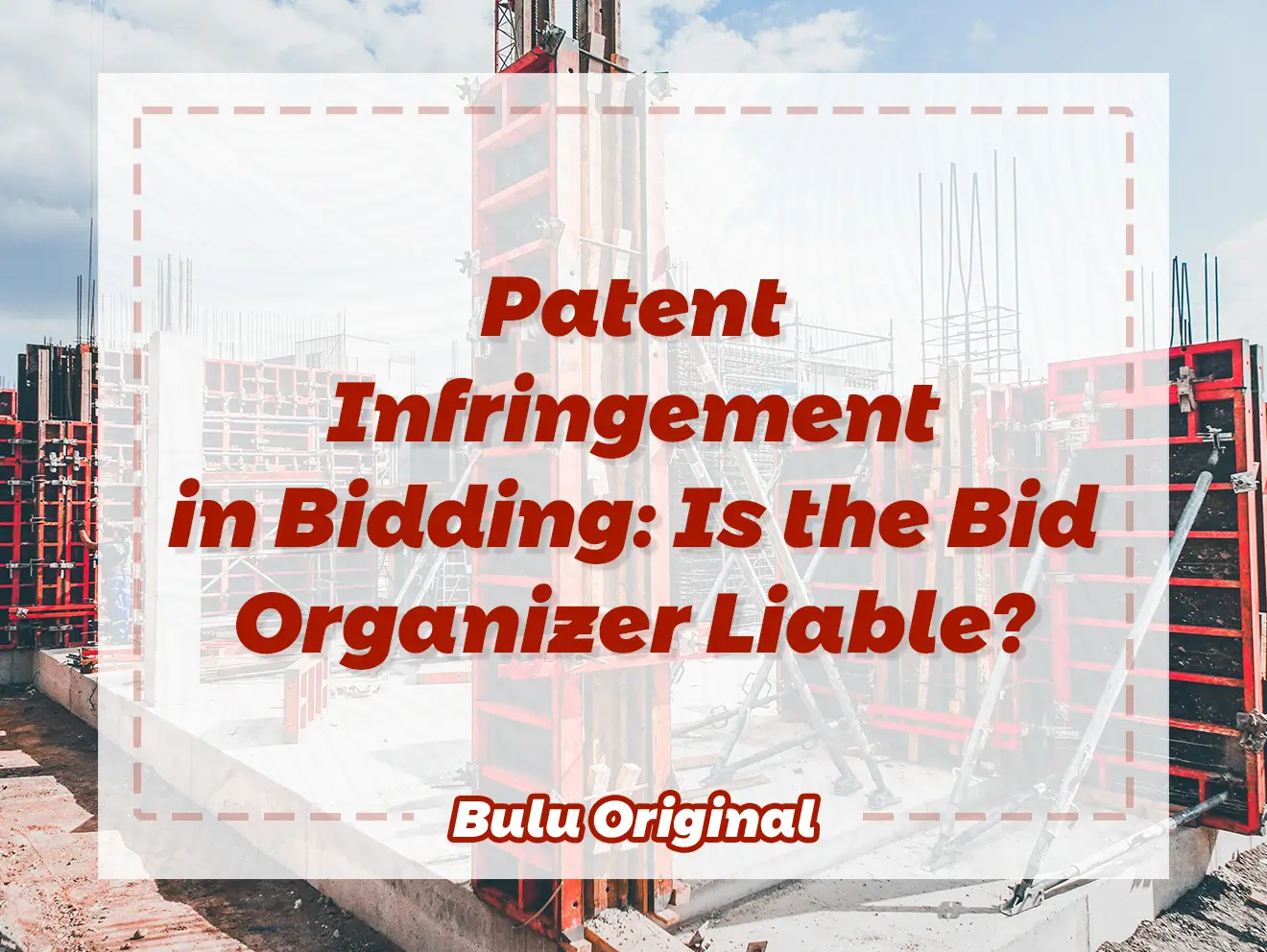
Patent Infringement in Bidding_Is the Bid Organizer Liable
Abstract: This article mainly discusses the joint infringement issues in bidding and commissioned processing. Patent infringement in bidding:Is the Bid Organizer Liable?
There are often economic activities such as bidding or OEM in market activities. In bidding or OEM, it is often encountered that the holder of patents or other intellectual property rights cannot win the bid, but the winning scheme or the scheme used by the winning bidder is the patent scheme of the patent holder who did not win the bid; or when undertaking or accepting commissioned processing, Party A provides the technical scheme, and Party B needs to process the product according to the scheme provided by Party A.
According to the relevant laws and regulations on intellectual property such as the Chinese Patent Law, implementing the technology of the patent owner without the permission of the right holder is an infringement. In bidding or OEM activities, the direct manufacturer and implementer is the main infringer in law, but is it an infringement as the bidder or the custom-maker?
The two cases of Civil Final Judgment No. 212 of the Intellectual Property Court of SPC (2020) and Civil Final Judgment No. 181 of the Intellectual Property Court of SPC (2019) clearly stated that “the tenderer who specifies the technical solution in the bidding relationship and the orderer who provides the technical solution in the processing contract relationship essentially determine the implementation of the patented technical solution. They, together with the successful bidder, the contractor and other entities that directly implement the patent, constitute joint implementers of the patent.
Case 1: Patent infringement case in engineering construction (bidding)
A (plaintiff, appellant) is: a patent holder
B (defendant, appellant) is: the construction party of a land management project (the successful bidder)
C (defendant, respondent) is: the project management agency (the tenderer)
D (defendant, respondent) is: the producer of the project tender documents (the tendering company)
The case is that B used A’s patented technology in the project, and A requested the first instance court: B should compensate for the economic losses, and C and D should bear joint and several liability.
The court of first instance held that the scheme used by B (the successful bidder) fell within the scope of protection of the patent right involved in the case, and its construction behavior constituted infringement; D was a bidding company, and its behavior of preparing bidding documents and organizing bidding activities according to the scheme provided by C (the tenderer) could not be identified as “implementation” of infringement as stipulated in the Patent Law, so D (the bidding company) did not infringe; C (the tenderer) was a state administrative agency, and its organization of the project was a public welfare project, which was the performance of the duties of the administrative agency, not a production and operation activity. C (the tenderer)’s request to use the patented scheme was not an infringement and did not constitute infringement. Therefore, the court only ordered B (the successful bidder) to compensate A for 120,000 yuan, and rejected A’s other claims.
A and B were dissatisfied and appealed to the SPC respectively. B (the winning bidder) believed that although the scheme it implemented was infringing, it had a legal source, and C (the tenderer) and D (the tendering company) should bear the tort liability. In the second instance, A gave up the lawsuit against the tendering company D (the tendering company).
SPC believes that: although the person who finally implemented the behavior was B (the successful bidder), C (the tenderer) had clear requirements for the construction method in the engineering bidding documents and the engineering construction contract, and the construction method fell within the protection scope of the patent right involved in the case. In essence, it was C (the tenderer)’s behavior that determined the implementation of the final construction technical plan. Therefore, C (the tenderer)’s behavior used the patent method involved in the case. In addition, from the process of bidding, bidding, winning the bid and signing the engineering construction contract for the project involved between C (the tenderer) and B (the successful bidder), it should be determined that there was an intention to jointly use the patent method involved in the case, so it should be determined that the two parties jointly committed infringement. The final judgment of SPC was that B (the successful bidder) and C (the tenderer) constituted joint infringement and jointly compensated A 450,000 yuan.
Case 2: Bed frame latch patent infringing case (commissioned processing)
In Case 2, the patent owner’s patent is a bed frame clip. Distributor B commissioned manufacturer A to process these patent infringement products according to the technical solutions provided by B. A manufactured and sold them to B, who sold them to C, who finally sold them to D College and used them in student dormitories.



In the first instance lawsuit, C reached a settlement with the patent owner and compensated the patent owner 90,000 yuan, and the patent owner withdrew the lawsuit against C. During the trial, the court of first instance held that the alleged infringing products fell within the scope of protection of the patent right involved in the case of the patent owner; A was the manufacturer of the alleged infringing products and sold them to B, and finally sold them to D through B and C. The patent owner did not provide evidence to prove that B and D “knew” that the products provided by A were patent infringement products, so the patent owner’s request for compensation for losses was not supported. D used the alleged infringing bed frame buckle in student dormitories, and stopping its use might cause unnecessary waste, so it was not necessary to stop using it and did not need to bear compensation liability. Therefore, the court of first instance ruled that A and B should stop infringing, A should compensate the patent owner for economic losses of 100,000 yuan, and rejected the patent owner’s other claims.
The SPC held in the second instance that: B’s defense of legitimate source and only sales behavior was wrong. In the case of commissioned processing of patented products, if the commissioning party requires the processing party to manufacture the patented product according to the technical solution provided by it, it can be determined that both parties jointly implemented the behavior of manufacturing the patented product. The product of the alleged patent infringement is the manufacturing technical solution provided by B to A. A manufactured the product that falls within the scope of patent protection according to B’s requirements. The relationship between B and A is not a sales contract relationship, but a commissioned processing contract relationship. The two jointly implemented the behavior of manufacturing and selling the alleged infringing products. They should bear joint and several liability for all infringement damages based on the same infringement damage facts and should jointly and severally compensate.
Original link:This article mainly discusses the joint infringement issues in bidding and commissioned processing. Patent infringement in bidding:Is the Bid Organizer Liable?
About Us:Shanghai Bulu Intellectual Property Firm (Special General Partnership)


Shanghai Bulu Intellectual Property Agency LLP
Tel:+86 (0)21 5833 8320
Mail:tisc@joinhua.com
Add:No.199 JinXiang Rd. Pudong, Shanghai, China
© 2025 Shanghai bulu Intellectual Property Firm. Created with ❤ using WordPress and Kubio

